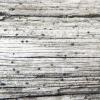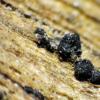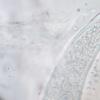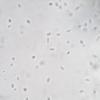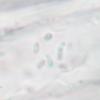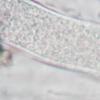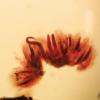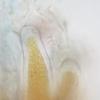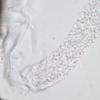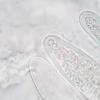
15-12-2025 07:05
 Danny Newman
Danny Newman
Pseudosclerococcum golindoi (det: Zotto)near Cosb

15-12-2025 11:49
 Danny Newman
Danny Newman
ITS sequences from the following two collections B

15-12-2025 07:09
 Danny Newman
Danny Newman
indet. Rutstroemiaceae sp. on unk. fallen leavesMc

15-12-2025 12:34
 Danny Newman
Danny Newman
indet. Rhytismataceae on oak leafnear Purchase Roa

09-12-2025 12:06
 Andgelo Mombert
Andgelo Mombert
Bonjour,Je recherche l'article concernant Hypobryo

12-12-2025 18:39
Mirek GrycHello everyone.Macrofeatures similar to Mollisia b

07-12-2025 16:07
Arnold BüschlenHallo, ich habe in einer Moos-Aufsammlung (epiphy

08-12-2025 21:04
Mark Stevens"Hello everyone,I'm relatively new to microscopy (
Polysporous ascomycete
Gernot Friebes,
04-04-2016 15:13
this puzzling species was handed to me. It grows on decorticated, dry, sun-exposed wood of a fallen oak tree. The ascomata are very variable, sometimes +- globose and solitary, other times clumped together or somewhat immersed in the wood. The asci are filled with numerous tiny, hyaline, ellipsoid ascospores which measure just about 2 x 1 µm. The asci appear to be bitunicate, they are widest close to the base and have a short but distinct stipe. Interestingly, they show a bluish reaction to KOH+IKI. We are thankful for any ideas!
Best wishes,
Gernot
(Photos are not mine)
Alain GARDIENNET,
04-04-2016 18:02
Re : Polysporous ascomycete
Ascospores or microconidias ?
Gernot Friebes,
04-04-2016 18:08
Re : Polysporous ascomycete
Hi Alain,
the person who collected this fungus has only observed these tiny spores but I'm not sure... I haven't studied the material thoroughly myself yet. Do you have any idea if we assume these are in fact conidia?
Best wishes,
Gernot
the person who collected this fungus has only observed these tiny spores but I'm not sure... I haven't studied the material thoroughly myself yet. Do you have any idea if we assume these are in fact conidia?
Best wishes,
Gernot
Alain GARDIENNET,
04-04-2016 18:27
Re : Polysporous ascomycete
Not idea for the moment, but one can have fungi for which it's possible (in Nectriaceae family for example).
Your fungus macroscopically looks like Bertia.
Alain
Gernot Friebes,
05-07-2016 15:11
Re : Polysporous ascomycete
Hi,
this is just a quick update for anyone interested in this fungus. I was able to identify it as Moristroma quercinum, or at least it seems to be this species based on gross morphology and ecology. See here for more information: https://www.researchgate.net/publication/226350012_New_species_of_Moristroma_Ascomycetes_and_phylogenetic_position_of_the_genus
Best wishes,
Gernot
this is just a quick update for anyone interested in this fungus. I was able to identify it as Moristroma quercinum, or at least it seems to be this species based on gross morphology and ecology. See here for more information: https://www.researchgate.net/publication/226350012_New_species_of_Moristroma_Ascomycetes_and_phylogenetic_position_of_the_genus
Best wishes,
Gernot
Alain GARDIENNET,
06-07-2016 11:21
Re : Polysporous ascomycete
Thanks for the information Gernot,
Alain
Jacques Fournier,
06-07-2016 16:07

Re : Polysporous ascomycete
thanks Gernot for this information.
I think I already came across a very similar fungus in the past but I had no clue about its systematic position. Bjorn's paper is excellent and leaves no doubt about the identification.
Great!
Jacques
I think I already came across a very similar fungus in the past but I had no clue about its systematic position. Bjorn's paper is excellent and leaves no doubt about the identification.
Great!
Jacques
